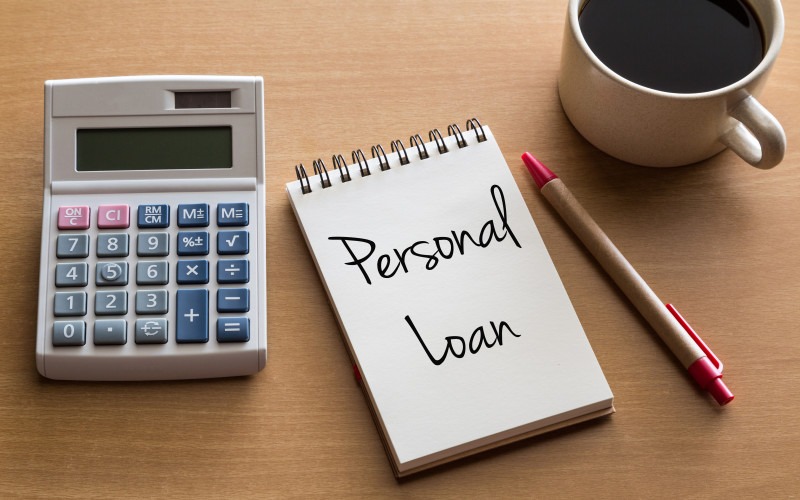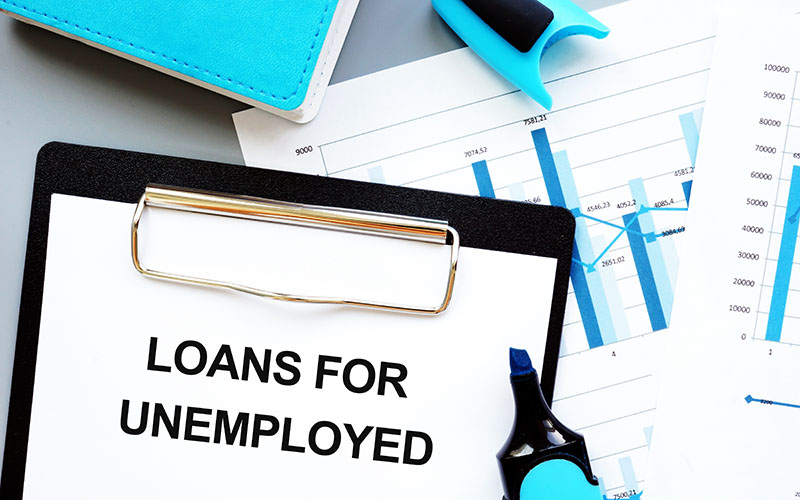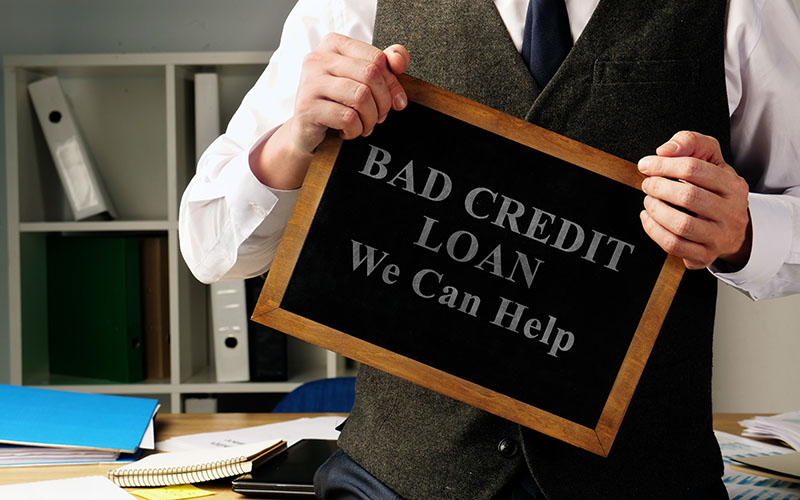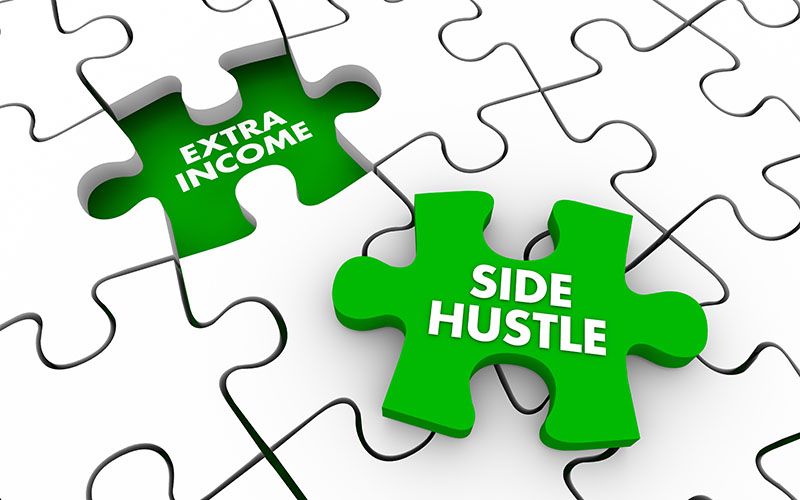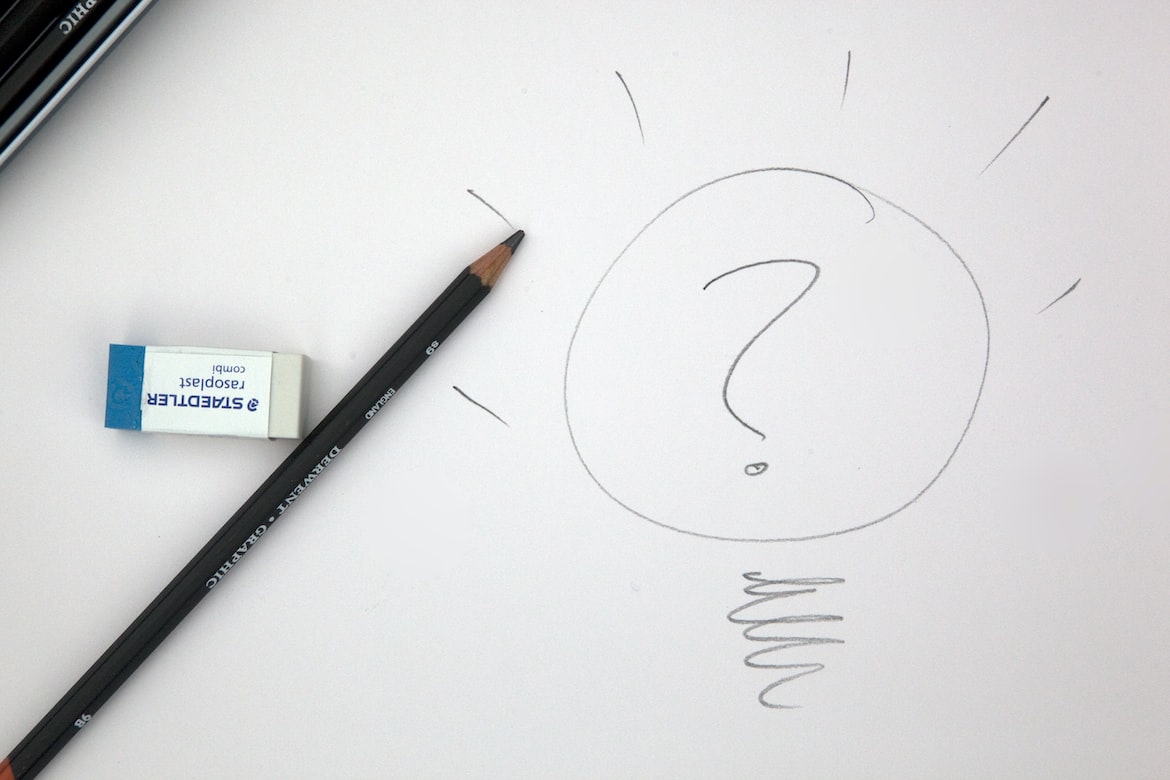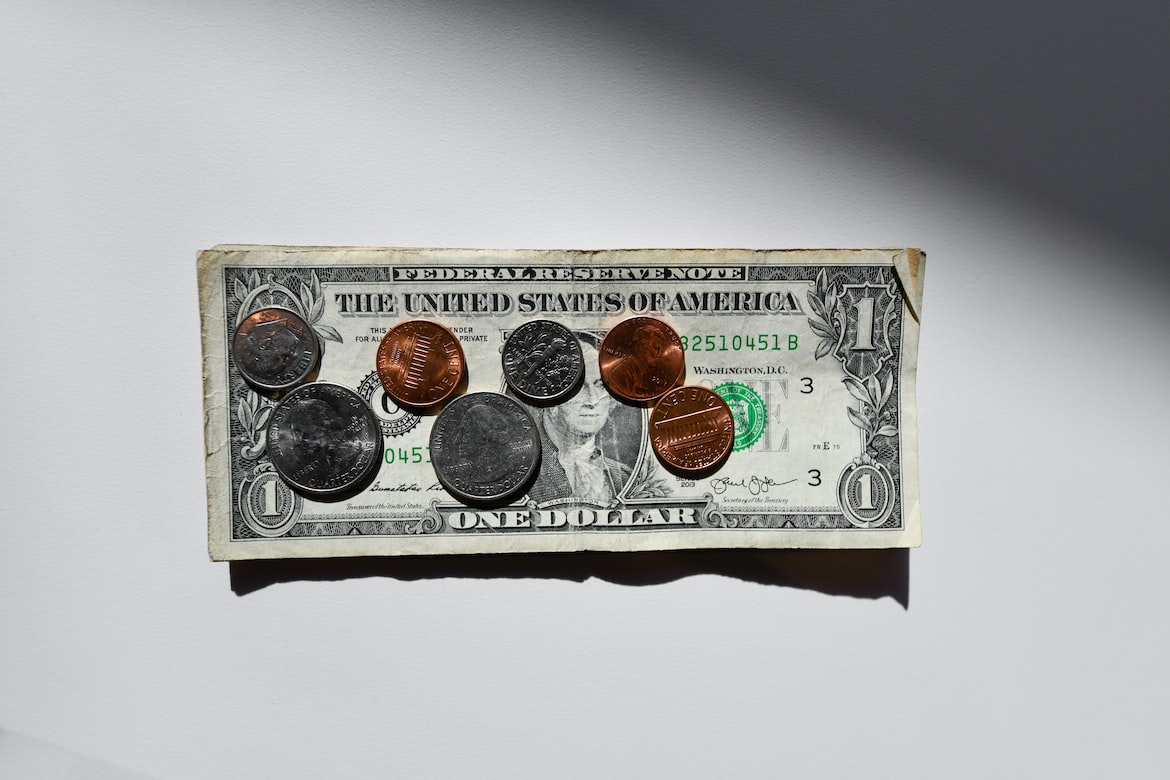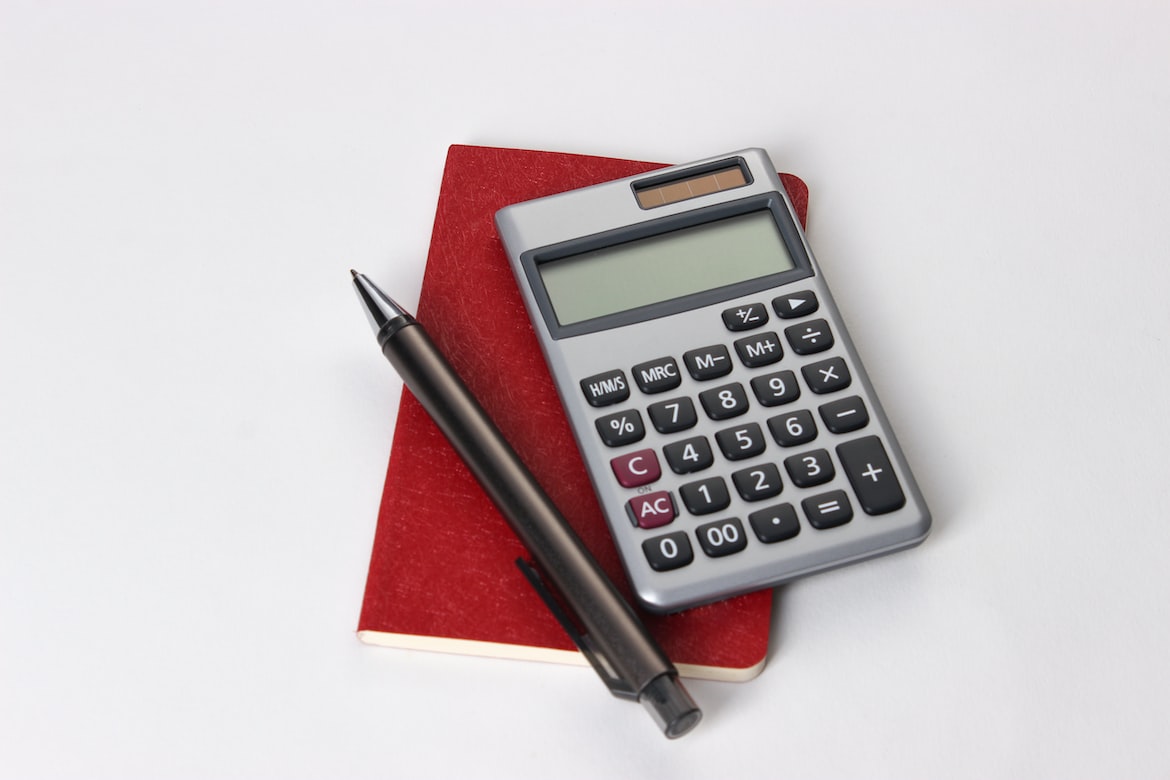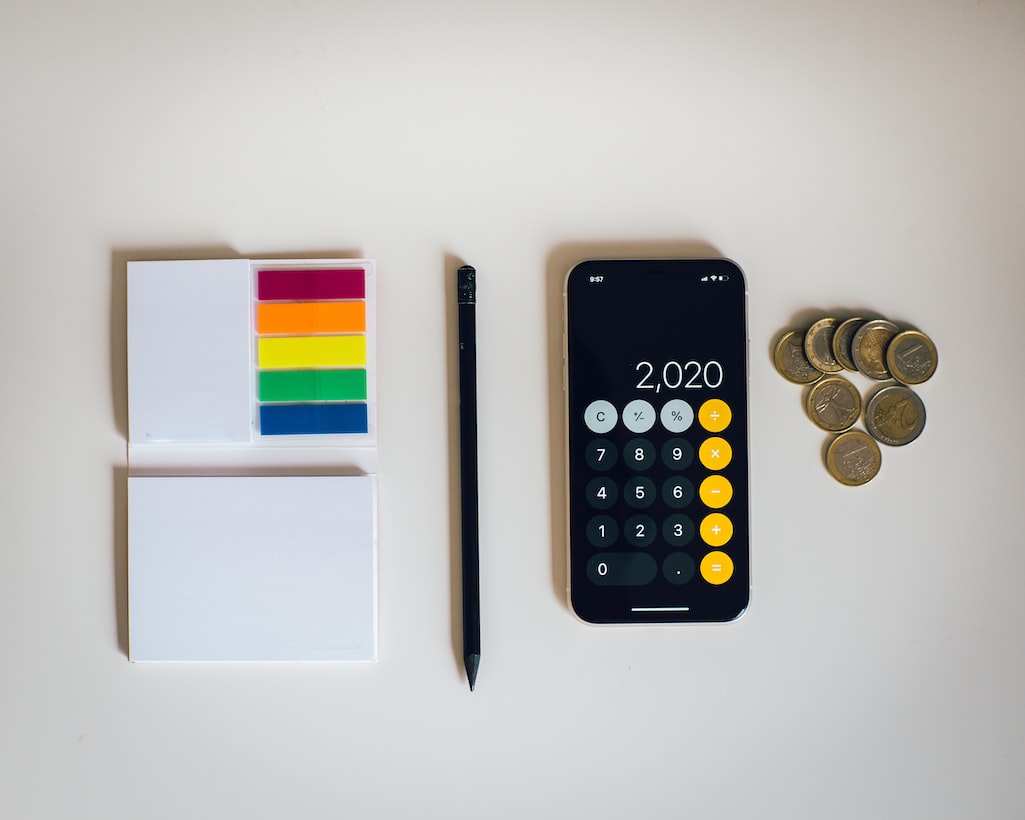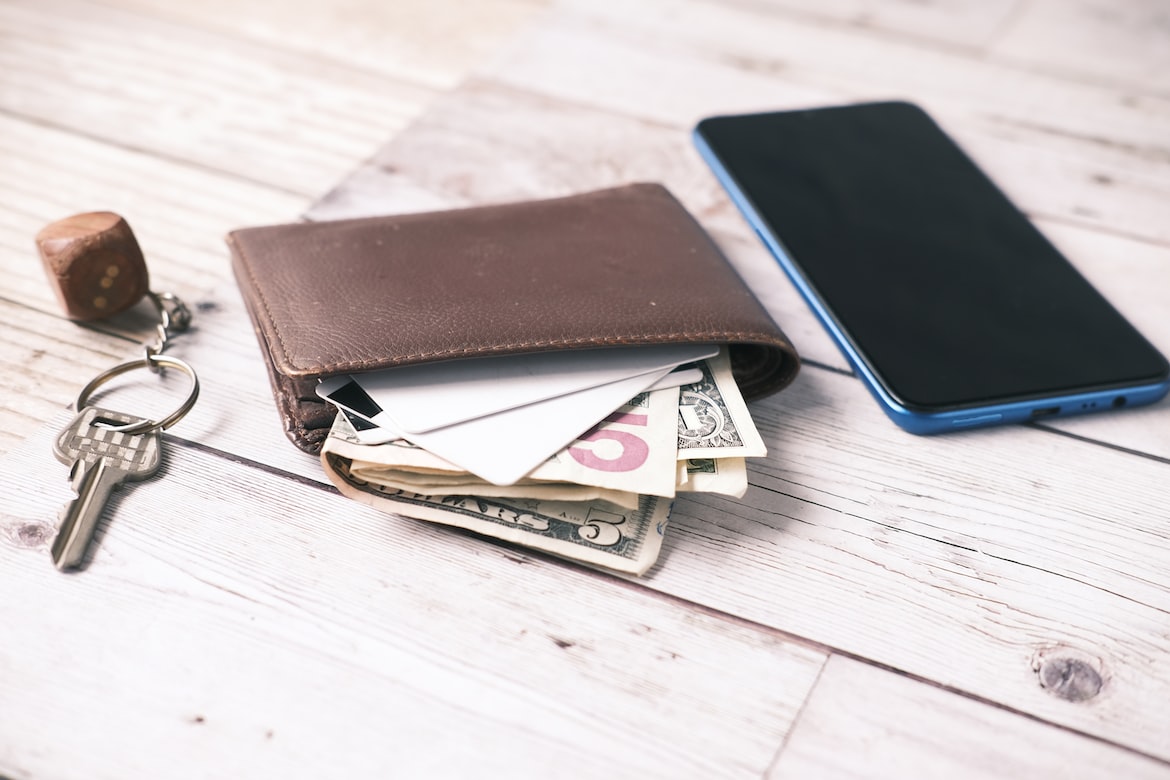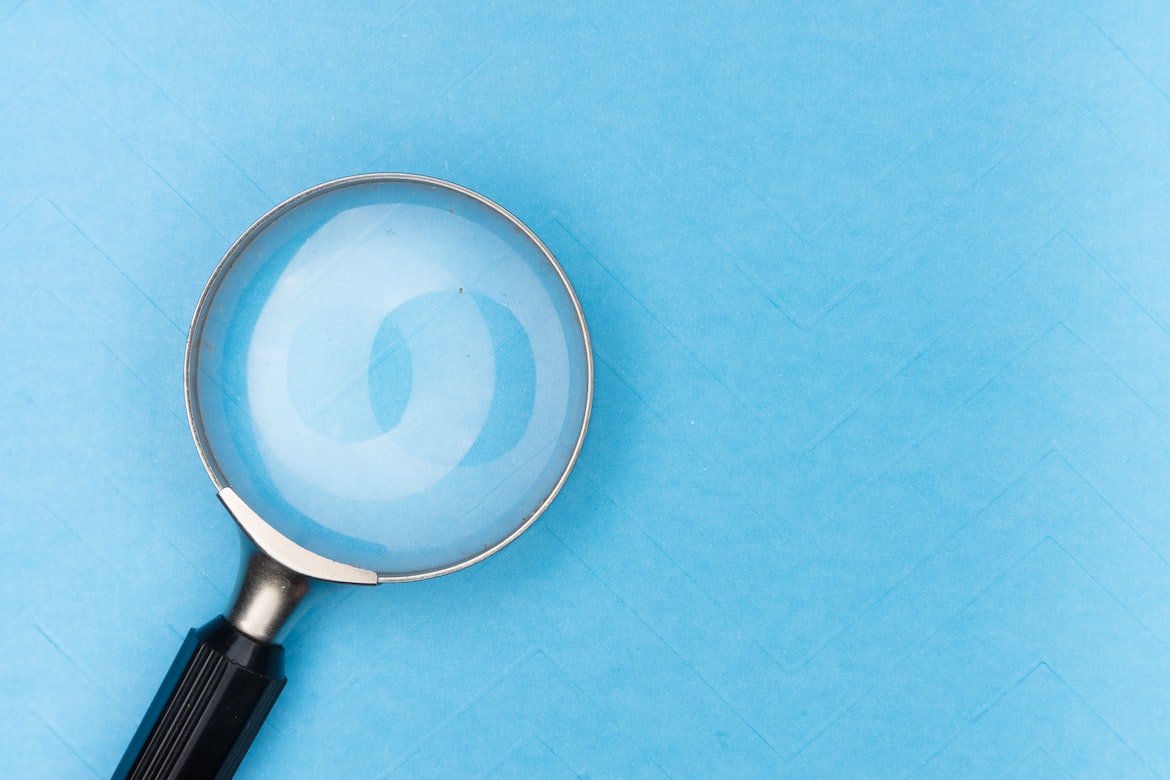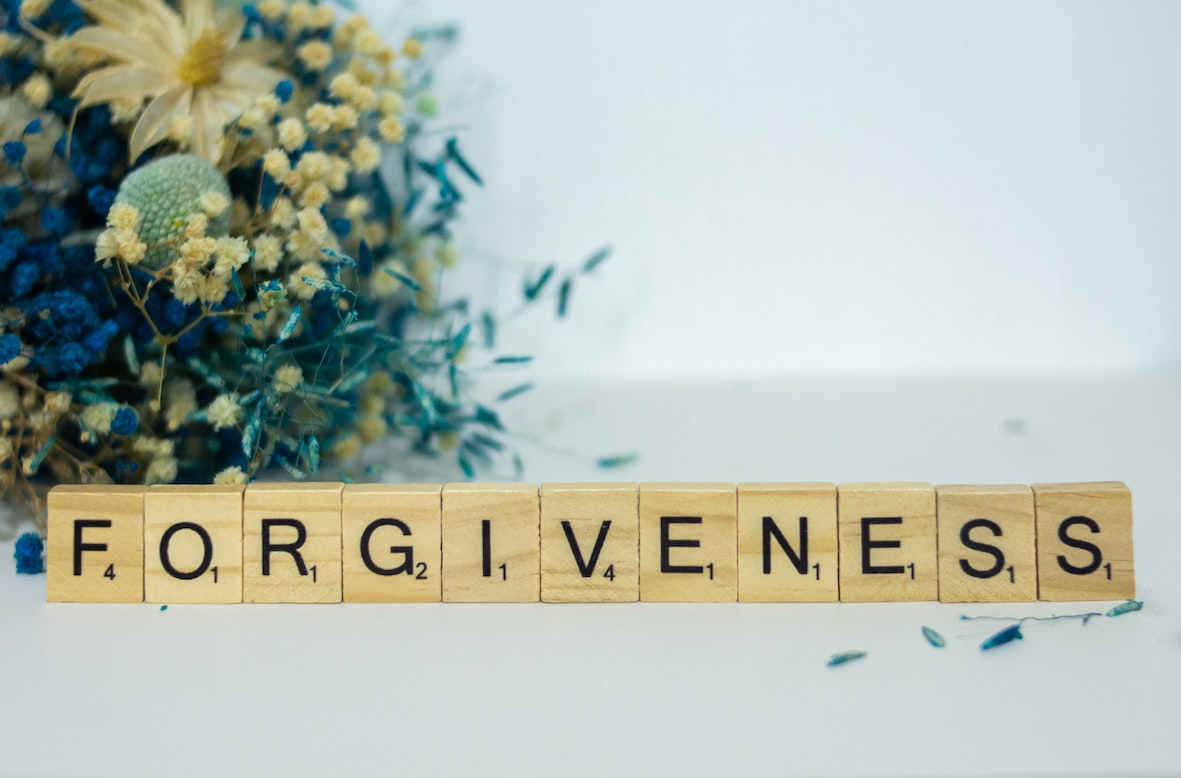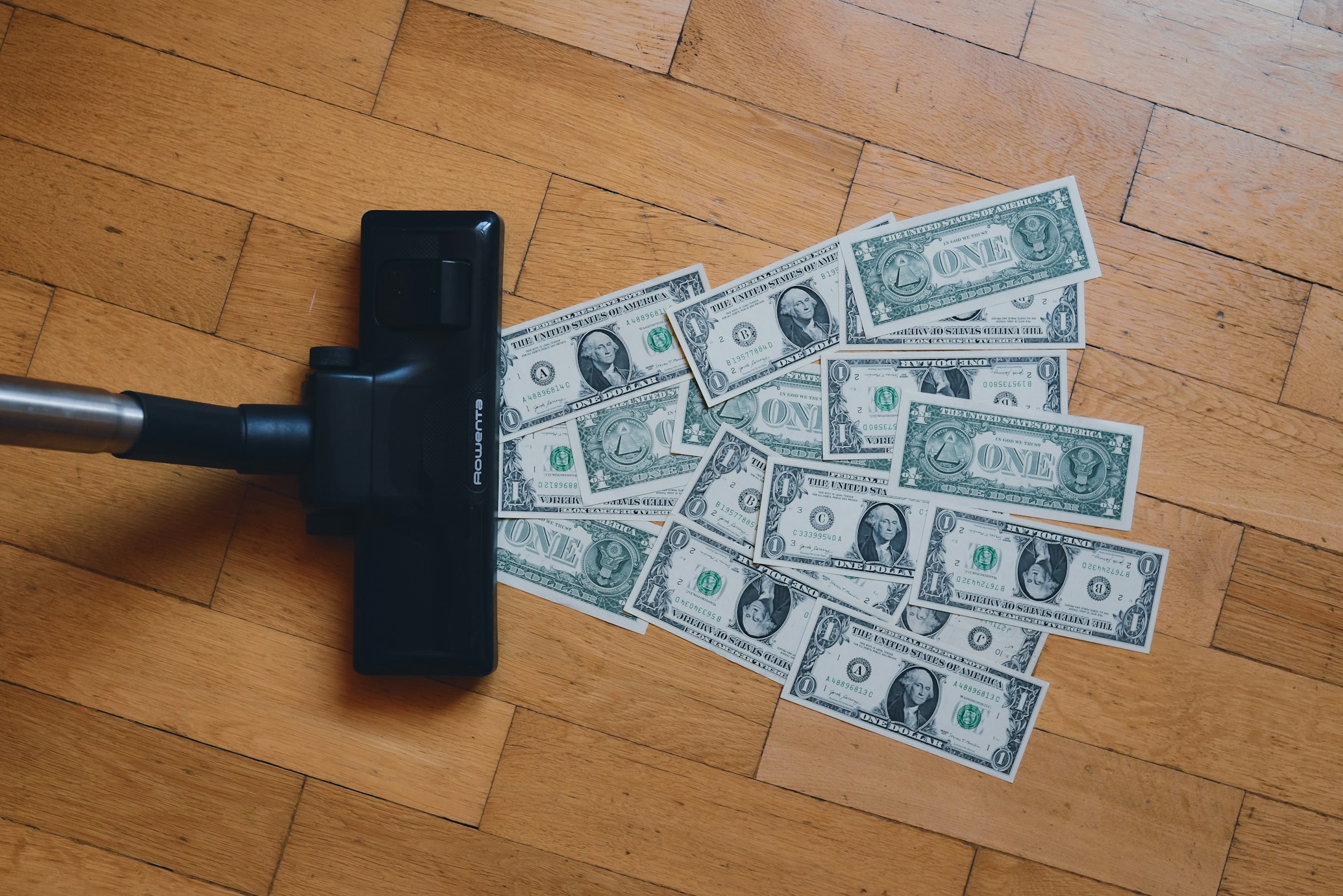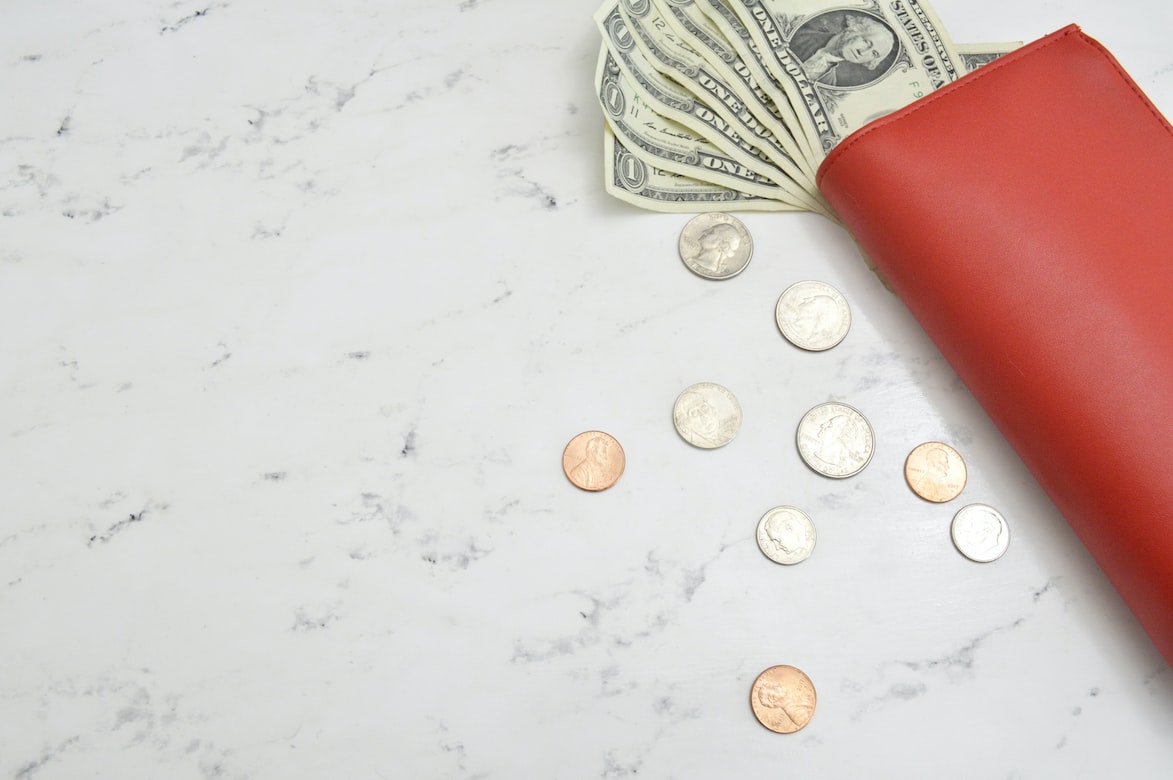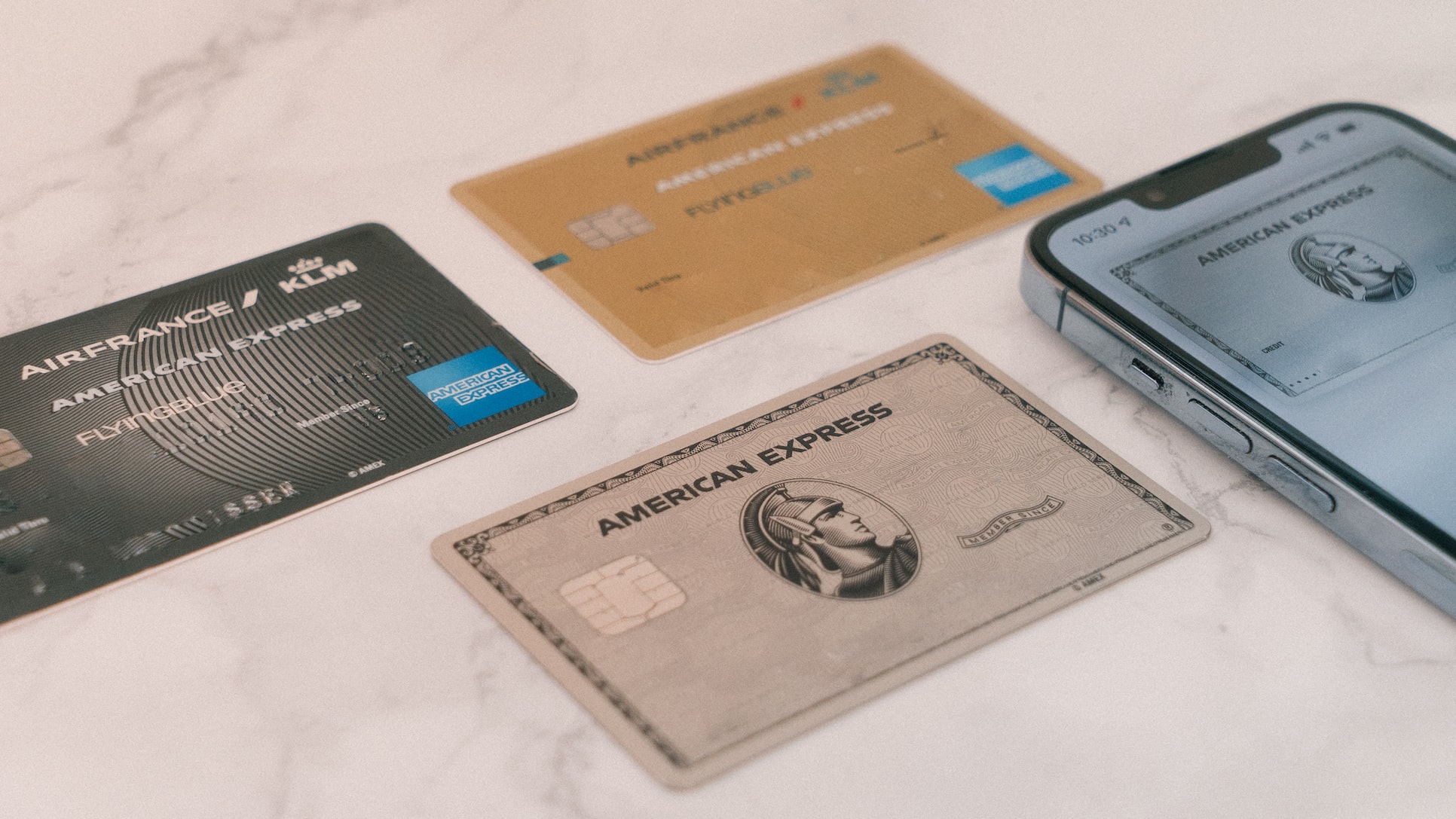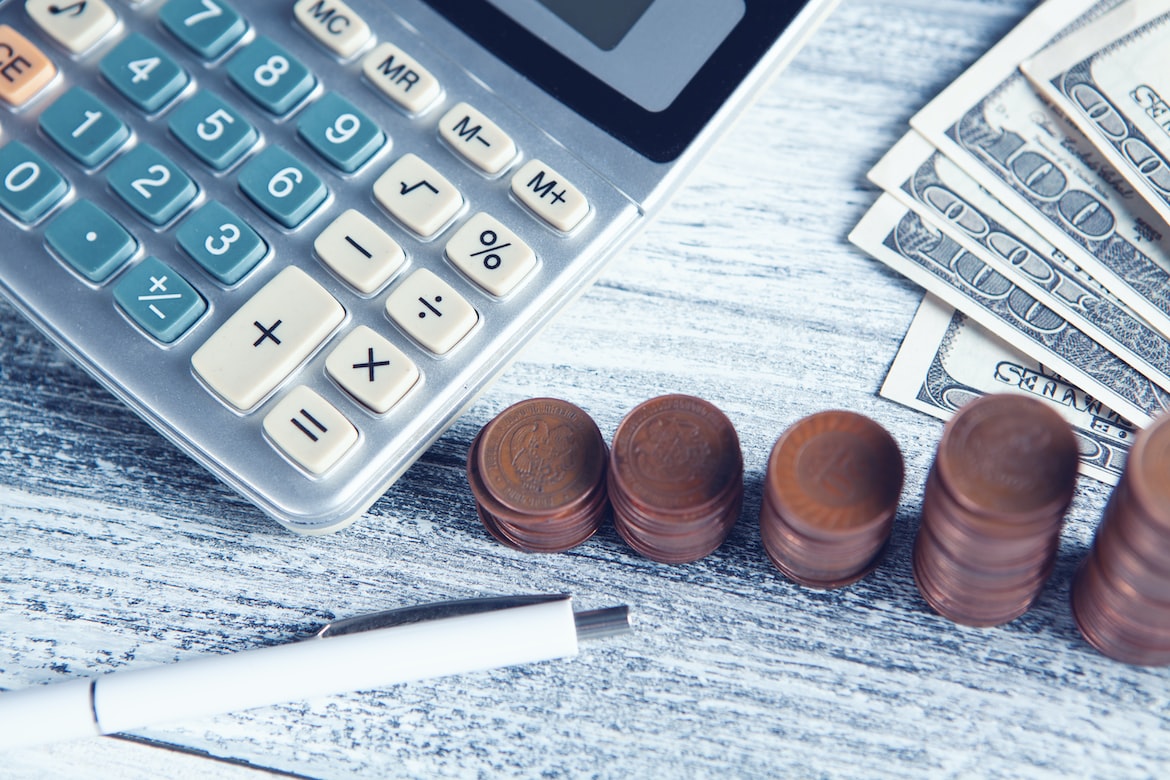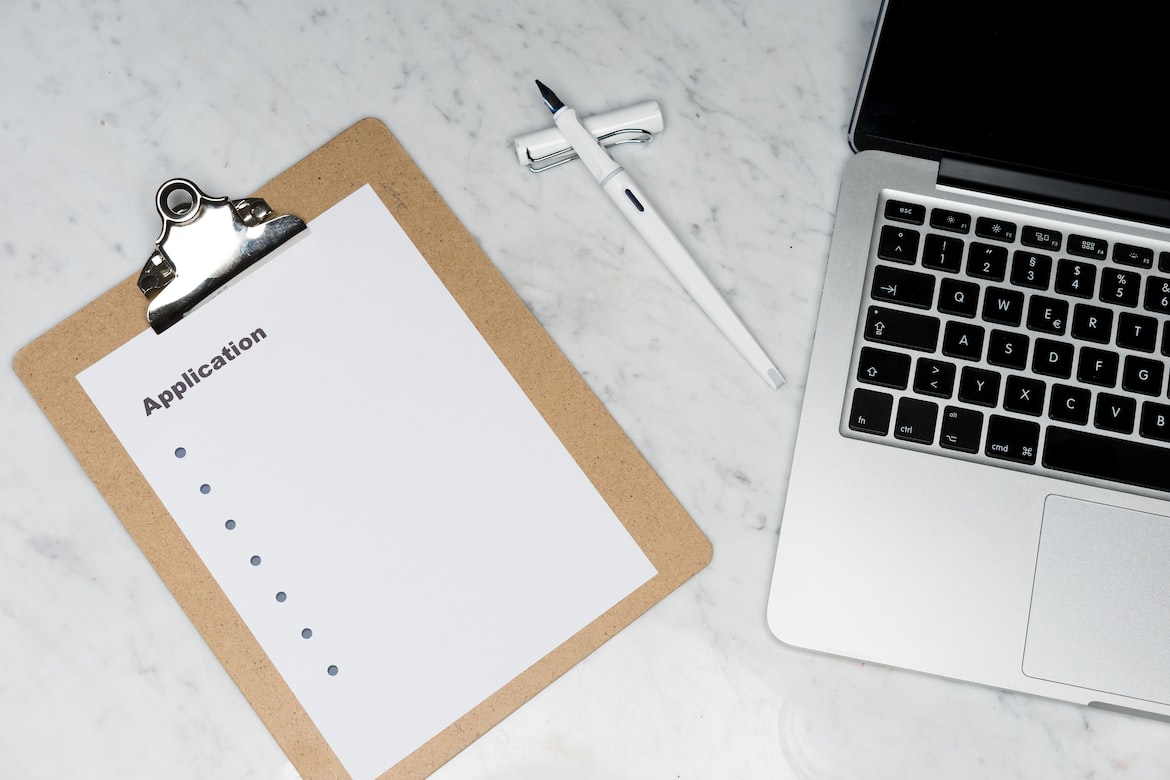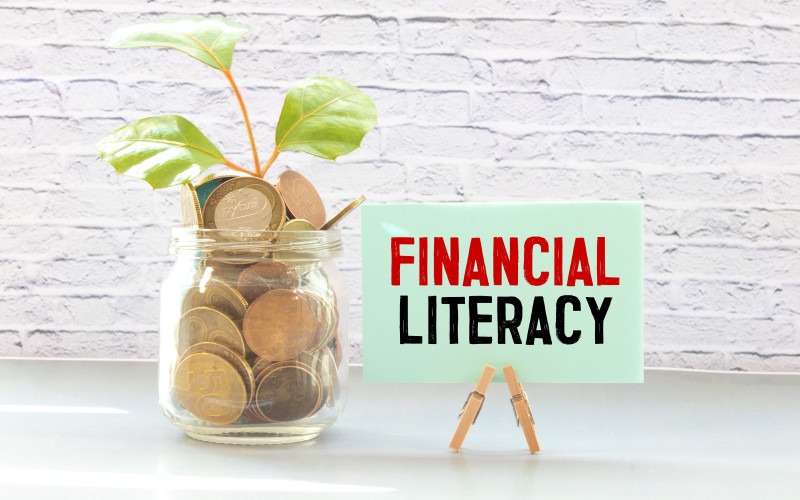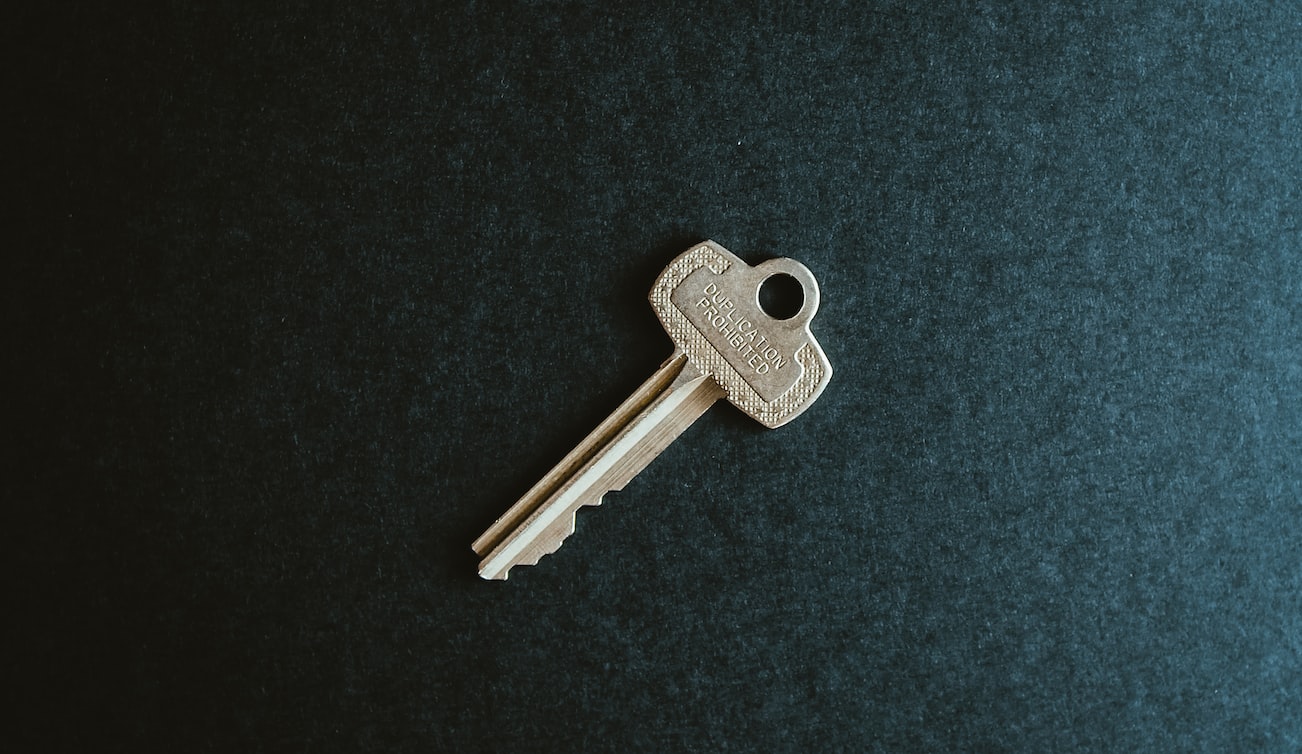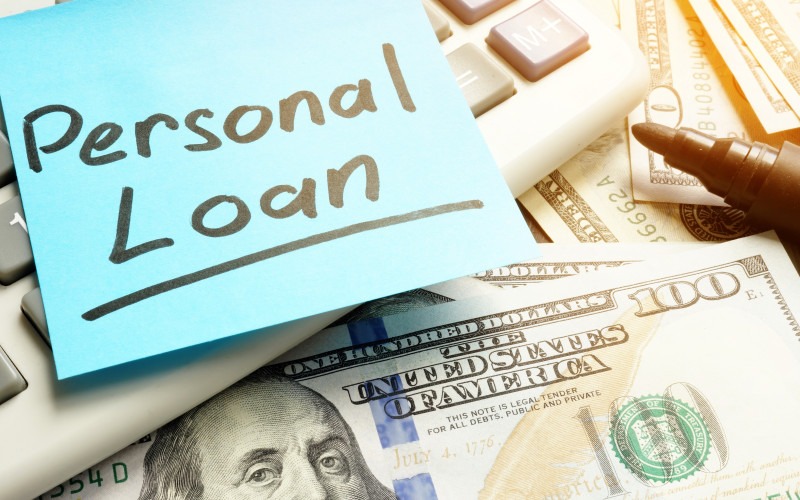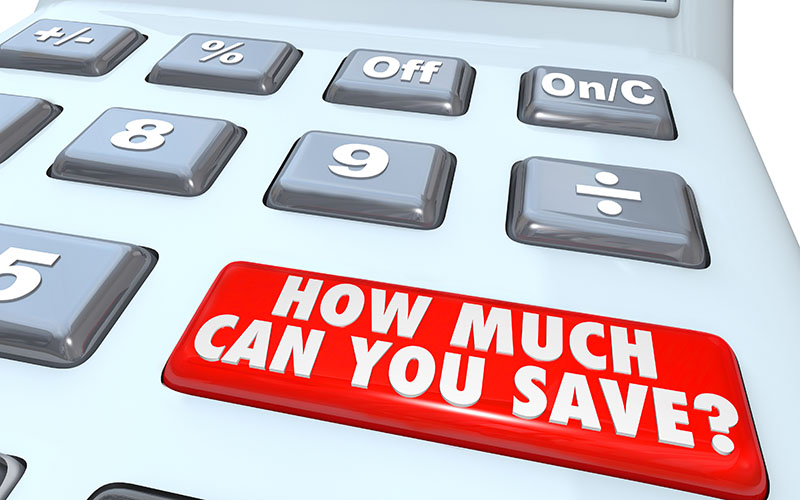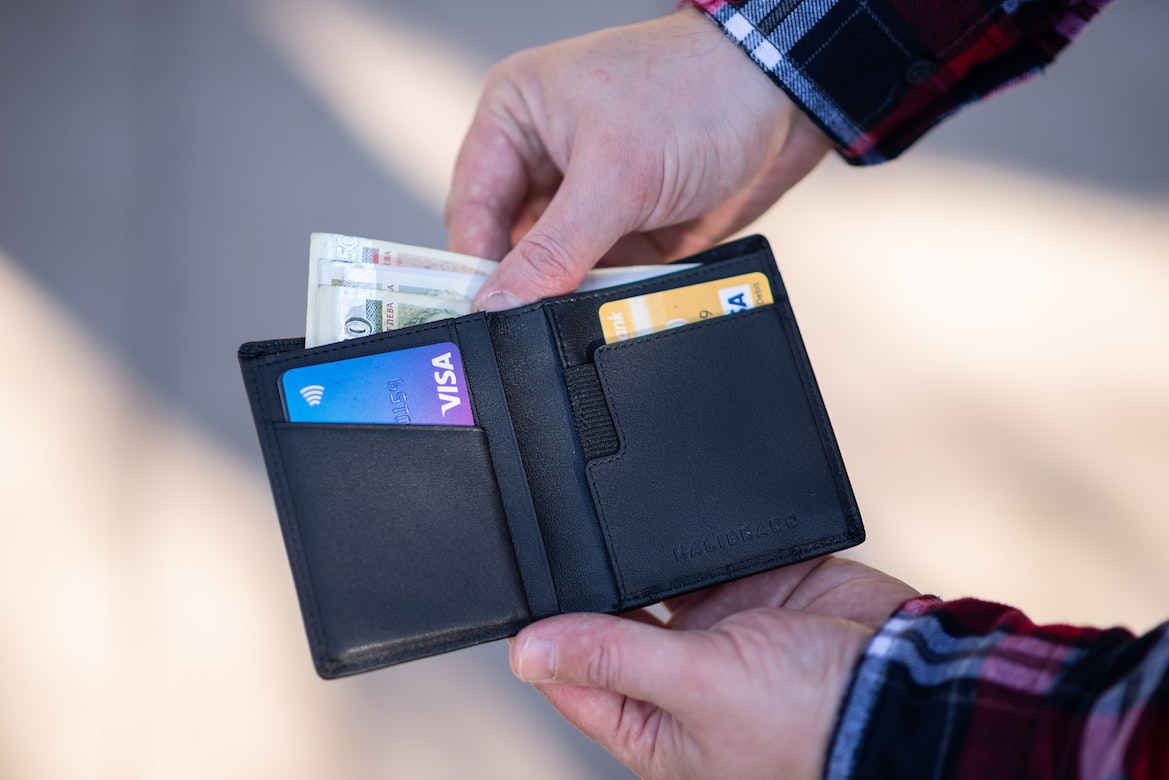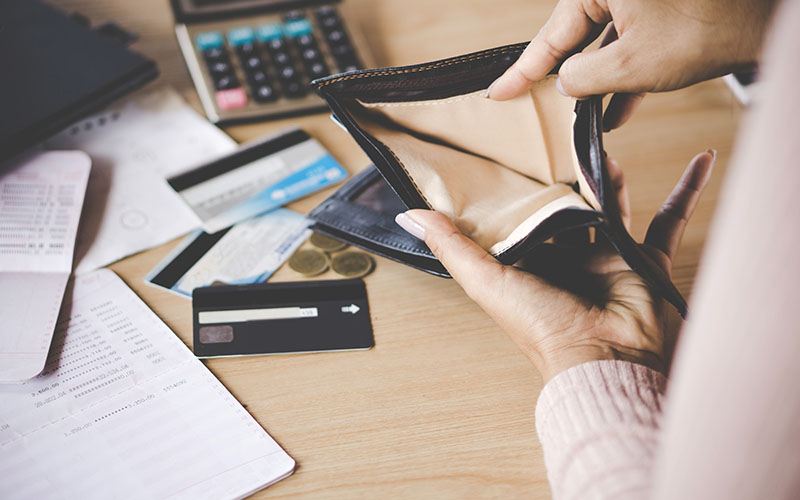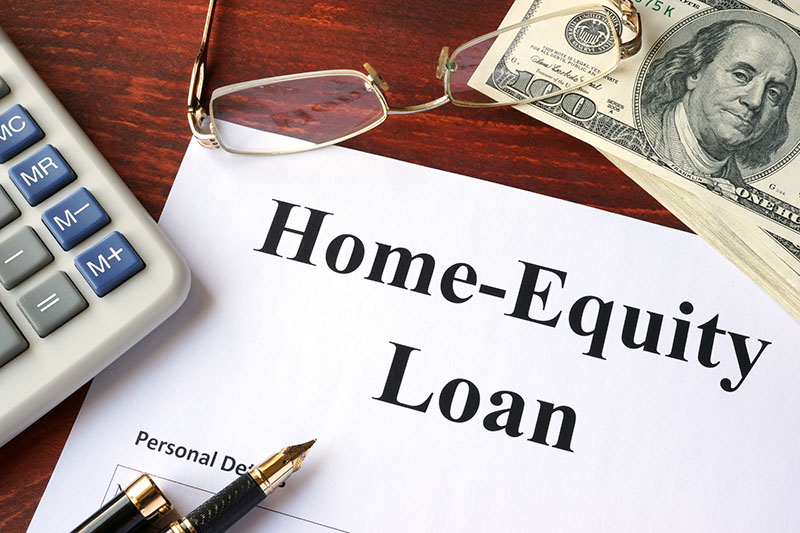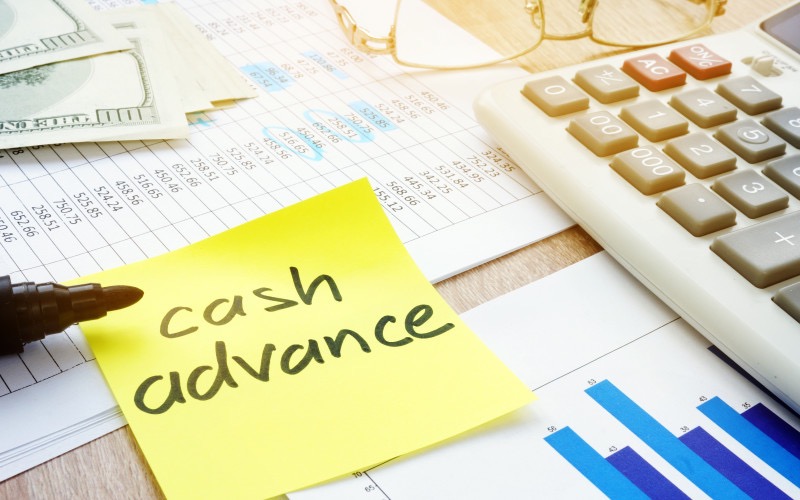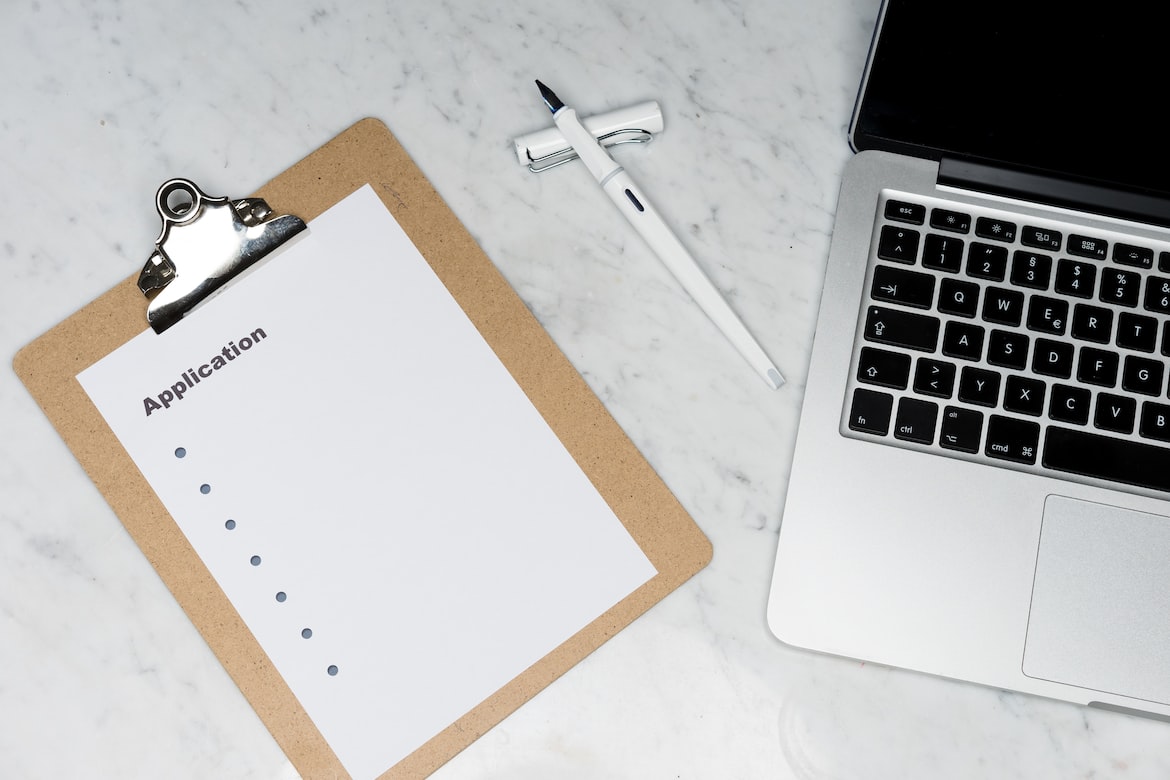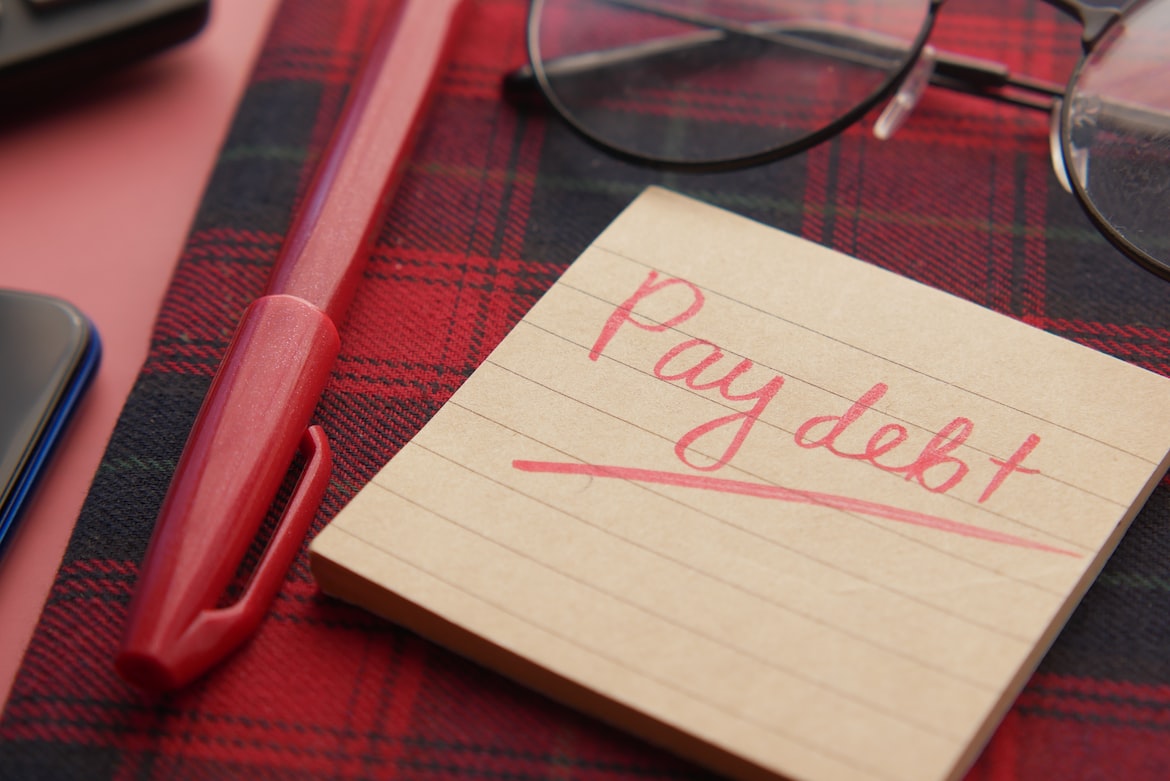Understanding Personal Loans
Key Takeaways
- Personal loans are lump sum loans borrowed from financial institutions like banks or credit unions
- They are paid back over time with interest and can be used for various purposes
- Secured loans require collateral, such as property or stocks
- Unsecured loans don't require collateral but may have consequences for defaulting
- Apply online or offline, and await credit assessment for eligibility

A personal loan is a lump sum loan you can borrow from a financial institution, such as an online lender, bank, or credit union. After receiving the funds, you can use it for practically any purpose, but you will have to pay the loan back over time with interest.
Personal loans can help people cover major expenses, such as a wedding, a house, a car, or debt. The loan amount can vary anywhere from $1,000 to over $50,000, depending on the borrower’s specific needs and the lender’s requirements.
Getting a personal loan requires you to go through an application process, during which a lender will make credit checks to assess the risk of lending you money. If you’re approved, they will disburse money into your account so you can use the funds.
When taking out a personal loan, you can generally expect your credit score to take a small hit. However, making on-time payments to pay back the loan can help you improve your credit score afterward.
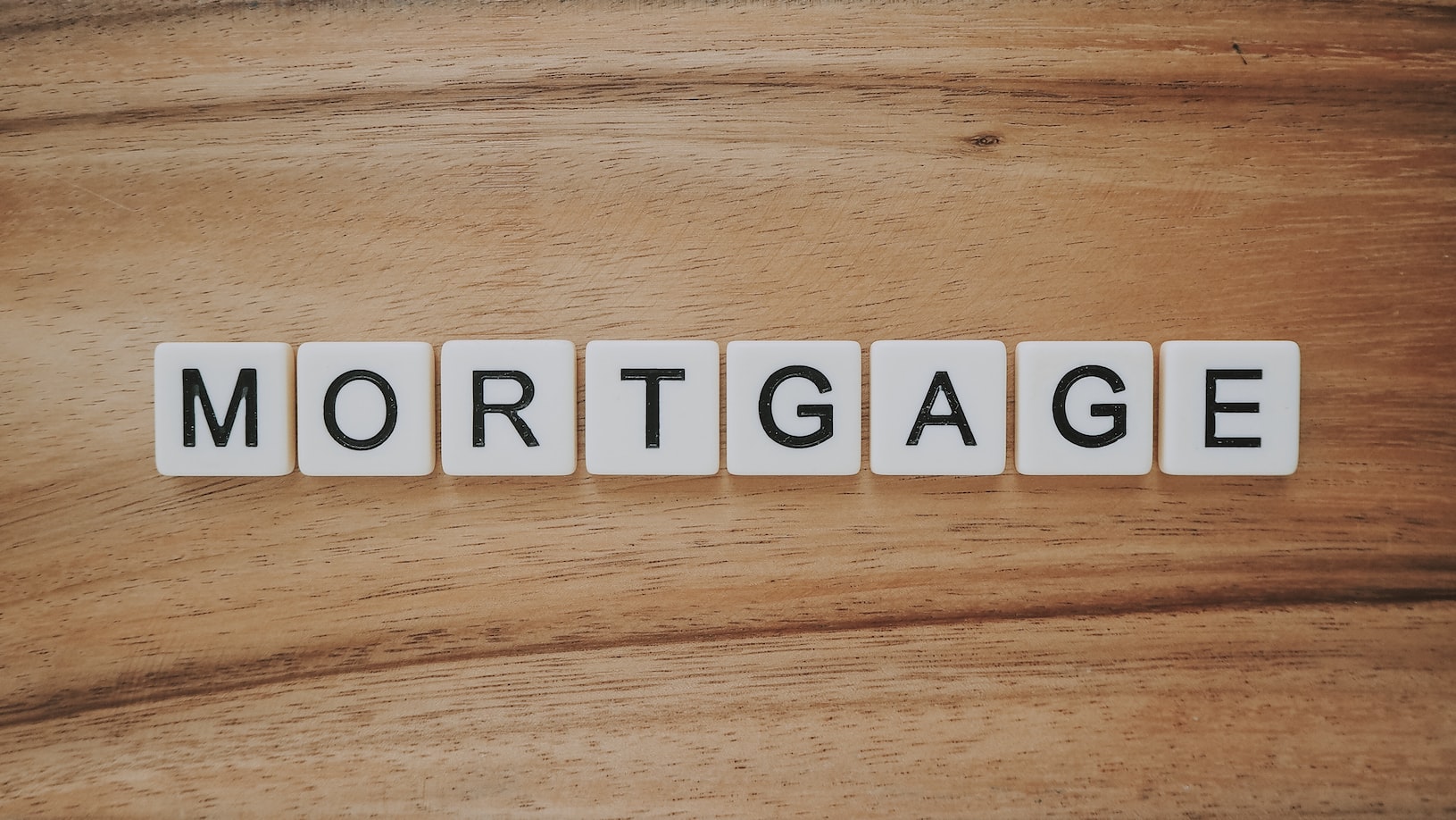
Types of personal loans
There are numerous types of personal loans, the two main categories being secured personal loans and unsecured personal loans. Most personal loans are unsecured.
Secured loans
A secured personal loan is backed by collateral. This means you offer up an asset to the lender, whether that’s cash, physical property, stocks, bonds, or anything of value that the lender is willing to accept.
Secured loans are often used to finance significant purchases—people take out mortgages for houses and auto loans for vehicles.
Unsecured loans
An unsecured personal loan doesn’t require you to offer anything up to the lender as collateral when you take out the loan. However, that doesn’t mean there are no consequences if you default on the unsecured loan.

Features of personal loans
A personal loan can be a great way to finance an important purchase or help you pay off existing debt. There are several features you should know about to help you make an informed decision on whether a personal loan is right for you.
- Unsecured personal loans don’t require collateral
What’s great is that unsecured personal loans don’t require you to put up collateral. You don’t need to risk mortgage repossession or losing the car you’ve been trying to finance.
- It’s relatively easy to apply for a personal loan
Good credit is typically all you need in order to be approved for an unsecured personal loan. You don’t need to offer any assets up for collateral–this is crucial for people who are in a pinch and need usable funds.
These days, you can apply for personal loans both online and offline with relatively little documentation. Make sure you have key information such as your proof of identity, proof of address, and proof of income.
- Personal loan funds are versatile
Personal loans have versatile end use and can be leveraged for nearly any purpose. Still, there are a few ways you can’t use a personal loan: they shouldn’t be used for college tuition, down payments for a home, or business expenses.
- Flexible loan tenure
Loan tenure is the duration of the loan (i.e. how long you have to repay it). This usually ranges anywhere from 1 year to 7 years. Lenders may offer quite a bit of freedom when it comes to choosing your repayment schedule.
- Fast disbursal of money
For those who need funds fast–as in within a few hours–a personal loan might be the way to go. If your application for the personal loan has been approved, the disbursal of the lump sum into your bank account can be impressively fast.
Of course, it’s important to be aware of the requirements, fees, and potential consequences that may follow the act of taking out a personal loan. A personal loan might not be the right choice for everyone.
- You can choose a loan amount that suits your needs
The loan amount the lender is willing to disburse to your bank account will vary based on numerous factors, such as your credit history and how much money you’re seeking. With an array of options available, individuals often find personal loan amounts rather flexible and convenient.

Eligibility criteria for personal loans
Every lender and financial institution is different in terms of their personal loan requirements, but there are some general guidelines. When looking to apply for a personal loan, here’s what you need to know about the typical eligibility criteria.
- Your credit score & credit history
A credit score is a three-digit number between 300 and 850 that reflects your creditworthiness. It’s determined by a number of factors such as how long you’ve maintained credit and whether you have recent outstanding debt.
Having good credit can drastically increase your chances of securing a personal loan, especially if you’re in need of a larger loan amount. A 600 minimum credit score should usually be enough to qualify you for a personal loan.
- Income
Plenty of lenders set an income requirement to lower the risks of the borrower not repaying the loan. Many lenders don’t tell you the minimum income they use as eligibility criteria. When applying for a personal loan, you should expect to disclose proof of income, which may include:
- Bank statements
- A signed letter from your employer
- Tax returns (W-2s and 1099s)
- Bank deposits (for the self-employed)
- Debt-to-income ratio
The debt-to-income (DTI) ratio is a percentage used by lenders to estimate how well you can make monthly payments to them, especially if you have other existing obligations. Your DTI ratio shows how much of your gross monthly income is already used to make debt payments, so the lower your DTI ratio, the better your chances of getting a personal loan.
- Collateral
Secured personal loans can be more challenging to obtain since lenders require you to put down valuable assets as collateral, which may be repossessed by the lender in case you fail to repay your loan.
If you’re getting a loan for a vehicle (auto loan) or house (mortgage), the collateral is usually the vehicle or property respectively. Otherwise, you may wish to pledge assets such as cash accounts, real estate, collectibles, or stocks and bonds.
- Additional application fees
Lenders may charge you additional fees when you apply for a personal loan. The origination fee is a common fee that covers processing your application, running inquiries on your credit history, and more.
An origination fee can be anything between 1 percent to 10 percent of your loan amount.
- Proof of identity
Many lenders require you to show proof of identity, which helps prevent identity fraud. Proof of identity should be government-issued. Acceptable options include:
- Passport
- Driver’s license
- Certificate of citizenship
- Birth certificate
- State- or military-issued ID
- Proof of address
Lenders often check to see if you have a stable living situation, which can increase your ability to repay the loan. Proof of address can come in various forms, such as a copy of your lease, recent utility bill, or voter registration card.
How much are personal loan interest rates?
Personal loan interest rates can vary greatly depending on numerous factors such as your lender’s policies, credit history, credit score, loan amount, and loan tenure. You can typically expect the interest rate to be anything from 5 percent to 30 percent.
Repayment options for personal loans
While repayment plans differ depending on which lender you choose, there is often a good amount of flexibility in how you agree to pay back the loan. Here are some common repayment options:
Monthly payments: Many borrowers go with a plan that has them paying monthly installations throughout the loan tenure. The monthly payments may be fixed or variable depending on whether the lender is using a fixed interest rate or variable interest rate.
Loan restructuring: If you’re having or expect to have difficulty completing the loan repayment, the lender may agree to restructure the terms of the personal loan so that it becomes easier to repay.

Benefits of personal loans
Personal loans can offer an incredible amount of freedom and funds to an individual borrower. Here are some of the benefits of personal loans.
- Quick funding
One of the greatest advantages of a personal loan is how lenders will disburse a significant lump sum of money into your bank account, often within hours of your loan application. In case of an emergency that requires you to pay up quickly, a personal loan can help you out. You can take out personal loans both online and offline.
- Predictability
Personal loans generally come with a fixed repayment schedule and a fixed interest rate. These two combined give you a clear idea of how much of your monthly budget you need to allocate to loan repayment.
- Versatile use
While there are some exceptions like college tuition and business expenses, you can use personal loans for a wide variety of purposes. Even if you’re not sure what exactly you will use a personal loan for, it is still possible to apply for a personal loan.
- It can be cheaper than using a credit card
Credit cards usually charge higher interest rates than personal loan lenders. If you make a major purchase with a credit card and can’t gather enough funds in the short term, the high interest rate can cause you to be in rapidly increasing debt.
On the other hand, personal loans generally have predictable monthly payment installations, and the loan tenure can last for several years. This gives you plenty of time to pay off the loan.
- Personal loans can help you pay off debt
If you have existing debt, a personal loan may be able to help you with debt consolidation. This could potentially provide you with meaningful debt relief. However, there are still repercussions associated with failing to repay your personal loan.
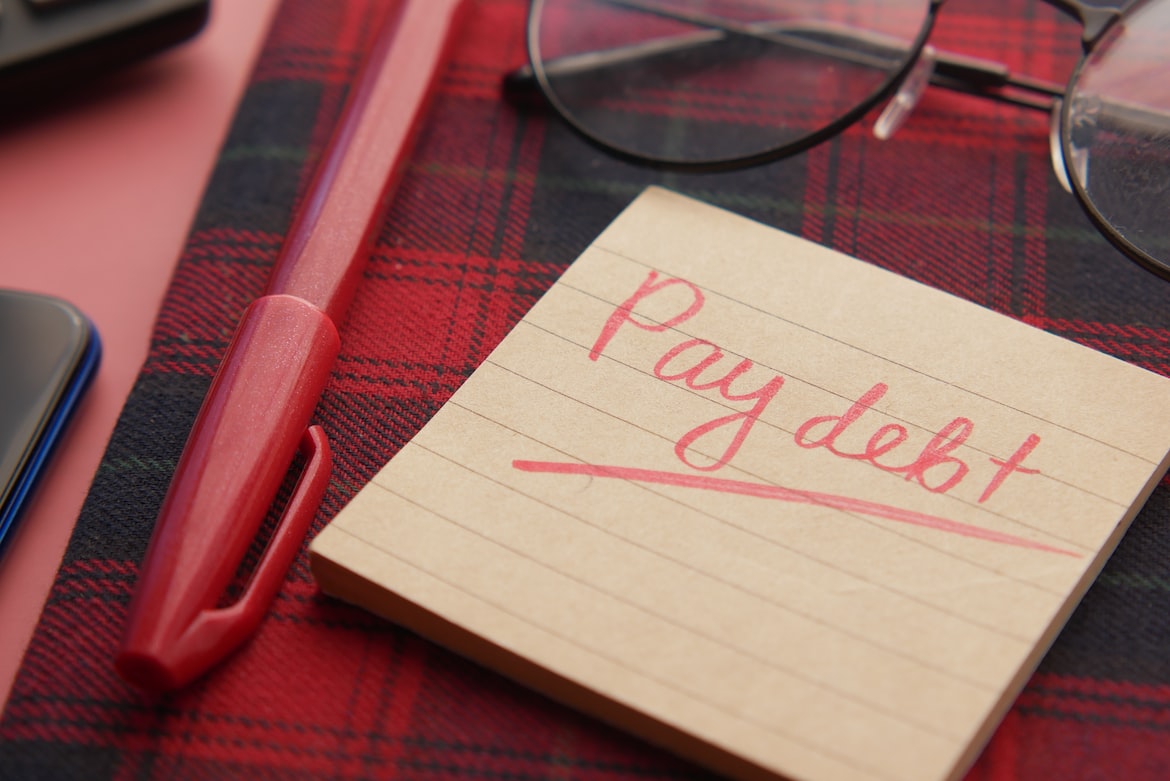
Risks associated with personal loans
Let’s go over the common risks that come with taking out a personal loan so you are better equipped to avoid pitfalls.
Fees and charges: From origination fees to late charges, there are numerous expenses that you may have to pay your lender on top of the original loan amount. There are even fees that come with paying back your loan early.
Frauds and scams: Not every lender is trustworthy. Some use predatory schemes. Red flags include promising that you will be approved for the loan, showing you a deal that looks too good to be true, and using questionable or abusive practices.
Perpetual debt cycle: It’s common for borrowers to consolidate debt by obtaining a personal loan for fast funds. However, some people fall into an unending cycle of debt because they cannot afford the monthly payments or have unsustainable spending habits.
Legal action against you: Many people believe that unsecured personal loans are risk-free because they don’t require you to put down collateral. However, if you default on the loan, the lender can send debt collectors or sue you for loan repayment. This may result in your assets being taken or your wages being garnished.
Comparison with other types of loans
Compared to other kinds of loans, personal loans are typically more versatile–however, they cannot be used for business purposes, college tuition, or down payment on a home.
Secured personal loans require you to use collateral, and are often called by their more commonly known names: mortgages and auto loans. Unsecured personal loans are versatile and potentially lower risk in that they don’t require you to put down your assets as collateral, you just need to apply and be approved for the loan.
How to apply for a personal loan
If you want to apply for a personal loan, make sure you have the necessary information with you, including proof of income, proof of identity, and proof of address.
After you apply for a personal loan online or offline, the lender will make an inquiry into your credit score and decide whether to approve your personal loan. The better your creditworthiness, the more likely you will be accepted. If you’re approved, your loan amount will be soon deposited into your bank account.
Not sure where to start looking for a personal loan? Compare our top lenders below.
Edited by:
Bryan Huynh
•
Product Tester & Writer

